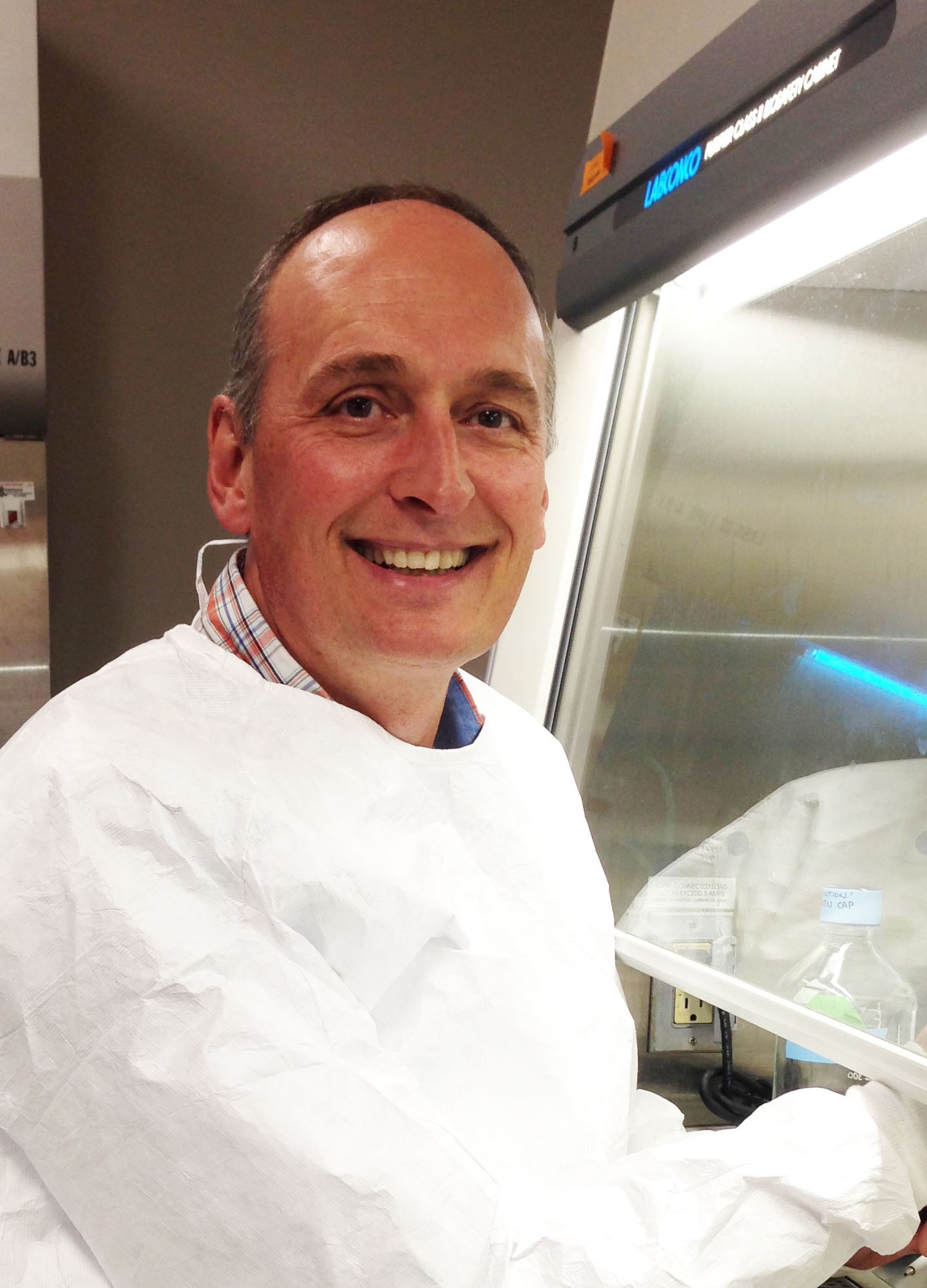
Author: Vicente Planelles

Thanks to antiretroviral drugs, HIV is no longer the death sentence it once was for those who have access to these medicines. But there still isn’t a reliable way of permanently clearing the infection from the body, so most people require life-long treatment. This is because HIV is able to hide away in cells of the immune system, unaffected by drugs, until conditions are suitable for it to reemerge. Researchers are trying to find a way to coax HIV cells out of hiding, so they can kill them off once and for all.
A recent paper by a team of researchers at the University of Utah and other institutes reports how a chemical causes dormant HIV inside cells to “wake up”. In a search for such compounds, they stumbled onto an accidental discovery. While screening through natural products, they found that chemicals used for processing had the property they were looking for. The chemical compound, benzotriazoles, were not previously known to have a biological function. The scientists showed that benzotriazoles reactivated HIV by increasing the activity of a cellular protein called STAT5. Taking the research a step further, they discovered that the chemicals block a process, called SUMOylation, which ordinarily shuts off STAT5, instead causing STAT5 to remain active for longer.

This study points to potential new therapy targets for reactivating latent HIV, including the molecules downstream of benzotriazoles. The next step toward that goal, according to the authors, is to improve its potency.
-Written by Meredith Hasenoehrl